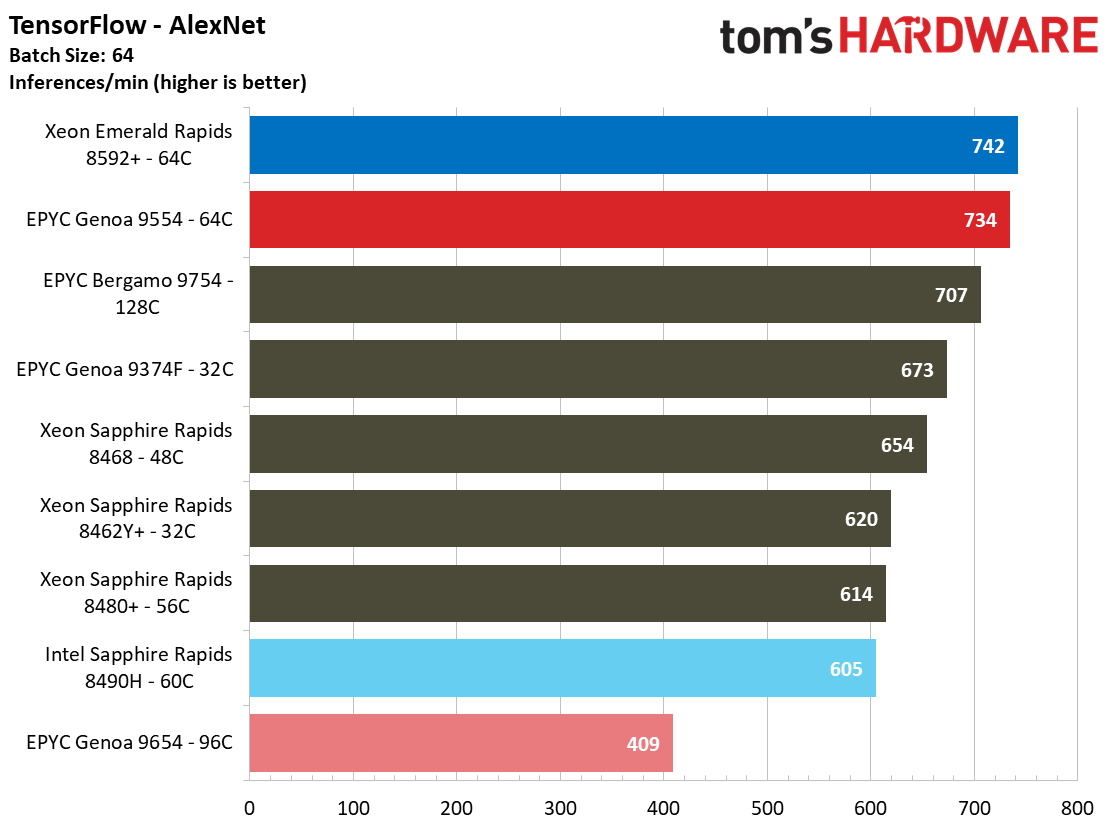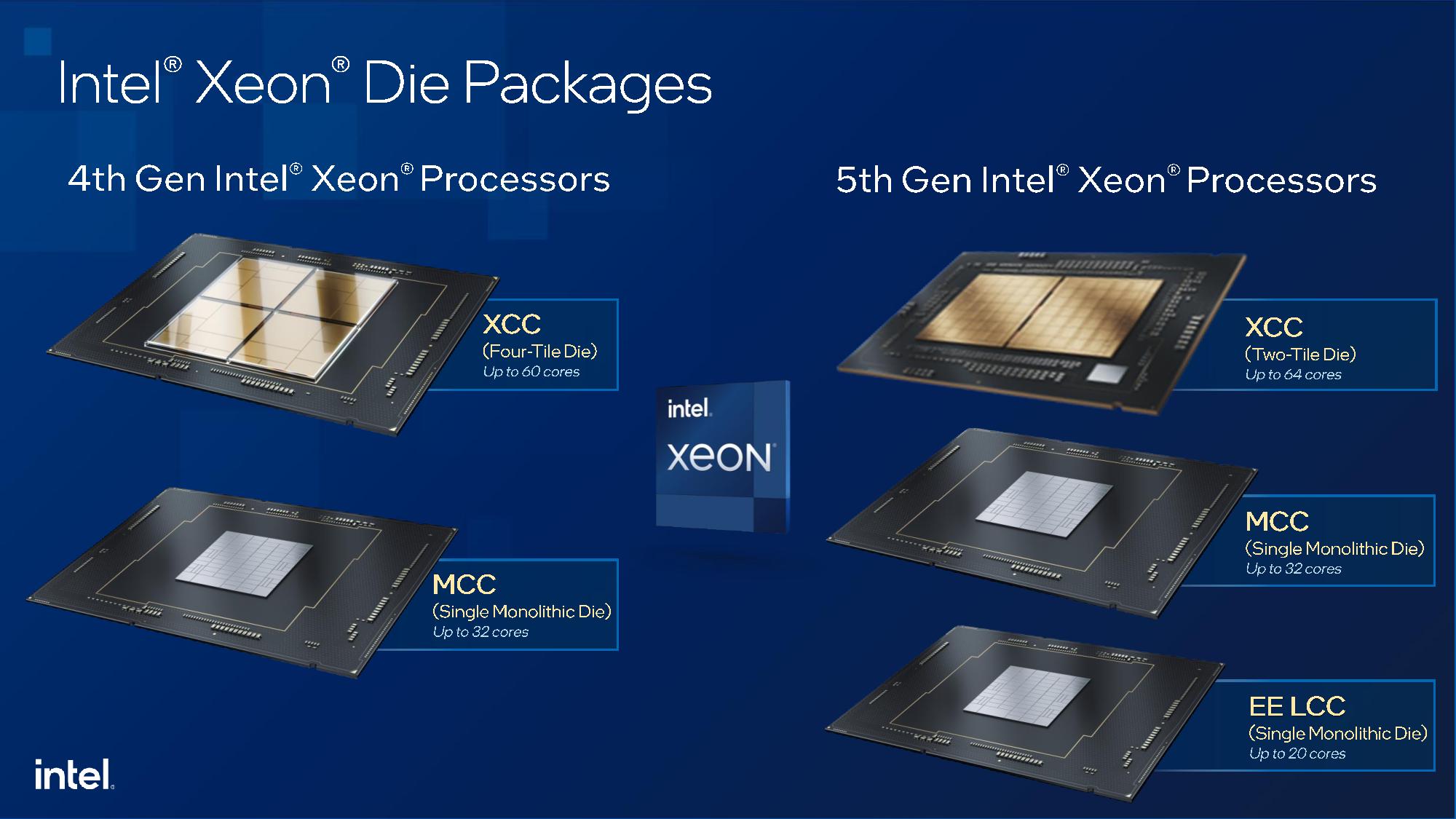I forgot to check AVX512 which would have told me that.
Yeah, I noticed that too. Pity they disabled the E-cores and
still couldn't do the right thing and give us AVX-512. That makes these the only Xeon-branded CPUs, in 2 generations, to have no AVX-512. Way to spread
even more market confusion, Intel.
I had thought if Intel would release Xeon E's with no E-cores, they
would relent and enable AVX-512. I was focusing mainly on the H0 die, which doesn't even
have E-cores, in the first place.
The only reasons I can see why not is that maybe the desktop dies have bugs in their AVX-512, or else maybe Intel decided they wanted to preserve AVX-512 as a differentiator for their higher-end Xeons (i.e. classical market segmentation
; )
There's only two things I can think of:
- There's something weird with software licensing and even with E-cores disabled it's a problem (I'm not familiar enough with per core software licensing to know how likely this is).
- They have enough good P-core die with faulty E-core/IGP that this made sense as a way to maximize revenue.
3. Some OEMs complained about the lack of Xeon E, because they have customers who
insist on Xeon and won't accept either the Xeon E 2300 series (Rocket Lake) or the expensive new Xeon W models.




